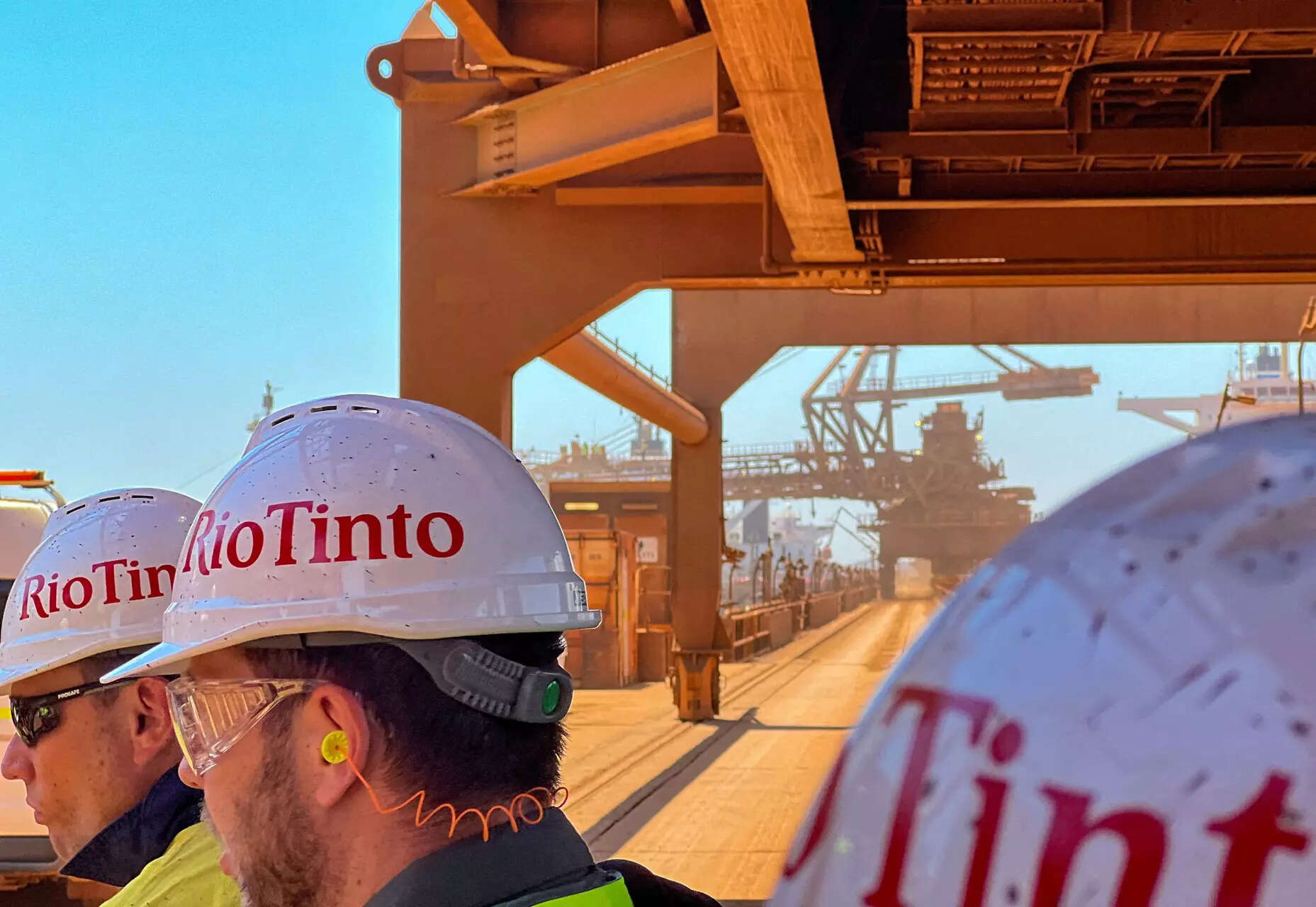
Rio Tinto on Wednesday brought forward the start of production from its giant Simandou iron ore project in Guinea to 2025 with plans to spend about USD 6.2 billion including on port and rail infrastructure.
Simandou, set to be the world’s largest and highest grade new iron ore mine, will add around 5% to global seaborne supply when it comes on line a year earlier than expected.
It will be key to Rio Tinto’s ambitions to supply top quality iron ore for decarbonisation of the steel industry and is expected to command a majority of the miner’s capital spending in the next three years as it pivots from shoring up existing operations to spending on growth.
“We are taking the company from not having grown for a decade to this year growing 4%,” CEO Jakob Stausholm told a press briefing ahead of its investor day in Sydney.
Rio Tinto owns two of four Simandou mining blocks as part of its Simfer joint venture with China’s Chalco Iron Ore Holdings (CIOH) and the government of Guinea. Rio Tinto holds a 53% stake, while CIOH holds the rest.
Simandou has been the subject of prolonged negotiations due to its complex ownership structure, delays caused by legal wrangling, Guinea’s political changes and difficulties around construction.
Project development requires initial funding of about USD 11.6 billion, Rio Tinto said in a statement.
Rio Tinto’s annual capital investment is expected to be around USD 10 billion from 2024 to 2026, with the majority on Simandou as spending winds down at the Oyu Tolgoi project in Mongolia beyond 2024.
First production from the two blocks co-owned by Rio Tinto is expected to ramp up over 30 months from 2025 to an annualised capacity of 60 million tonnes per year. The company said its share of the production will be 27 million tonnes.
Increased iron ore supply is expected to weigh on prices, impacting high grade producer Brazil’s Vale.
“We already forecast sizeable long-term iron ore surpluses and the sanctioning of this project is likely to reinforce longer-term bearish iron ore outlooks,” RBC said in a note.
The other two blocks of Simandou are being developed by Winning Consortium Simandou (WCS), made up of Singapore-based Winning International Group, Weiqiao Aluminium – part of the China Hongqiao Group – and United Mining Suppliers.
DECARBONISATION DELAYS
Rio Tinto also pushed back part of its decarbonisation spending as it now intends to bring on an electrified truck fleet to its Western Australian iron ore operations after 2030. The budget now sits at USD 5 billion to USD 6 billion out to 2030, from a previous estimate of USD 7.5 billion.
Stausholm also said he saw China’s infrastructure demand for iron ore picking up, as well as its auto sector. However, its focus is on reshaping its portfolio through joint ventures and small acquisitions.

